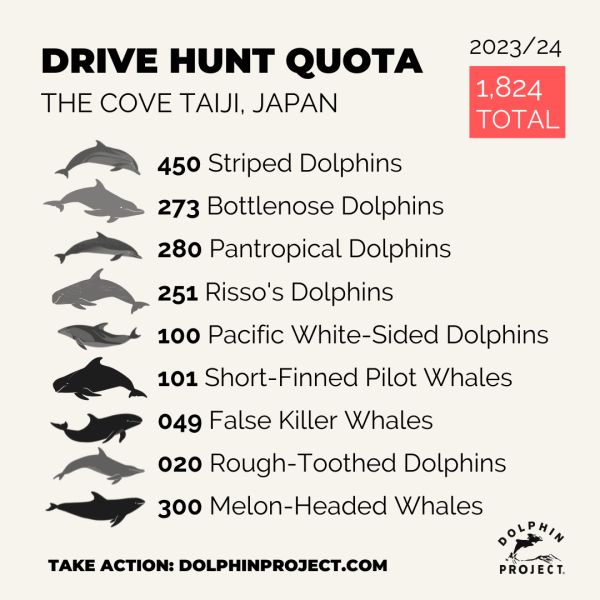 The good news is that a pod of orcas trapped by drift ice in waters off Japan’s northern island of Hokkaido appears to have successfully escaped.
The good news is that a pod of orcas trapped by drift ice in waters off Japan’s northern island of Hokkaido appears to have successfully escaped.
Earlier this week, drone footage showed the pod of around a dozen orcas trapped by drift ice, The animals packed closely together and sticking their heads out of the water to breathe.
BBC reports that the footage was also shown on Japanese TV, prompting a wave of public concern for the animals this week and calls for government assistance. One environmental group even petitioned the Japanese government to deploy an icebreaker to help free the trapped orcas.
But on Wednesday, officials reported back saying their latest monitoring trip appeared to show the whales had moved away from the space. They speculated that the whales may have made their way out between gaps in the ice.
While the outpouring of sympathy for the orca pod was heartwarming, it stands in stark contrast to the ongoing annual slaughter of dolphins and other cetaceans in the notorious Cove in Taiji. The Taiji dolphin drive hunt is based on driving dolphins and other small cetaceans into a small bay where they can be killed or captured for their meat and for sale to dolphinariums.
The season for this slaughter runs from the first day of September, until the last day of February for the “dolphin” (iruka) hunt and the end of April for “whaling” (gondō; subfamily Globicephalinae, including pilot whales and Risso’s dolphins). Taiji was allowed a quota of 1824 drive-hunting catch in the 2023–24 season.
Orcas are the largest species in the dolphin family and while they are not included in the Taiji dolphin drive hunt quota, a small number of orcas have been caught in the past. Their close cousins, false killer whales are, however, included in the quota.
The 2009 documentary film The Cove drew international attention to the hunt. Taiji is the only town in Japan where drive hunting still takes place on a large scale.

Thanks to Alaric Bond for contributing to this post.
